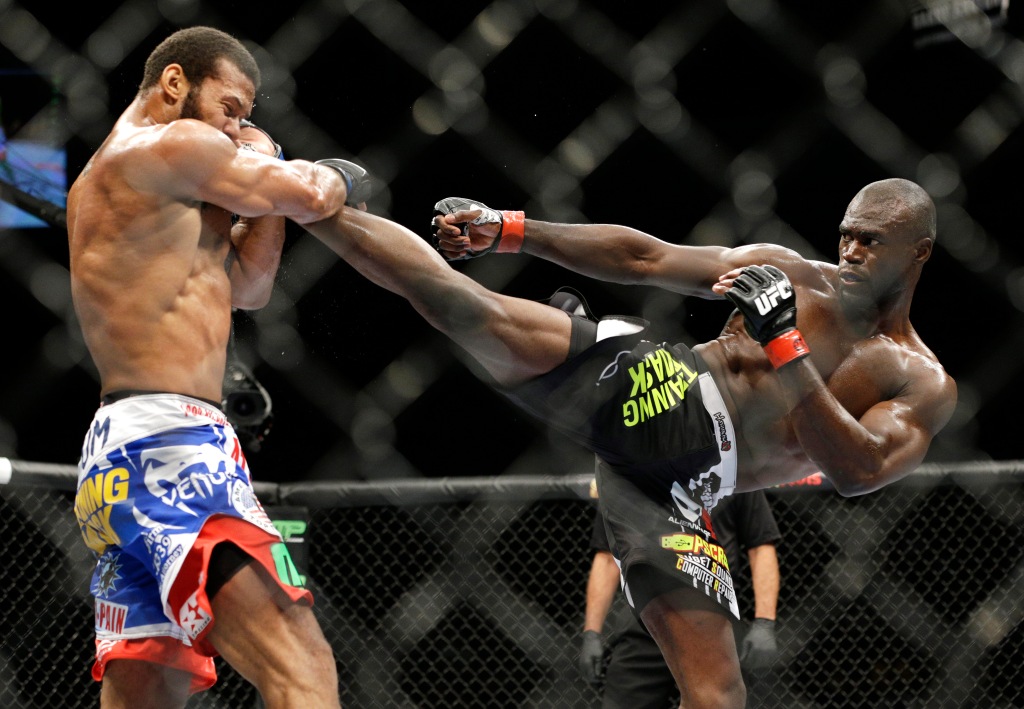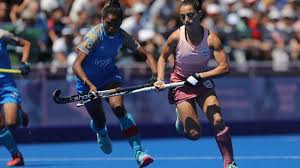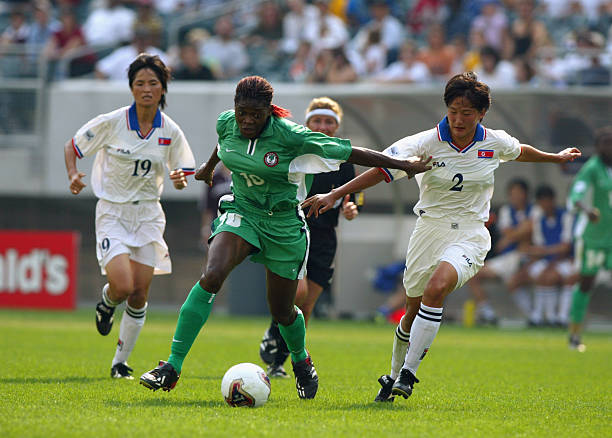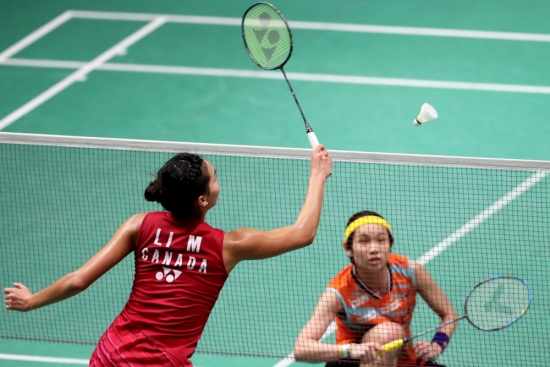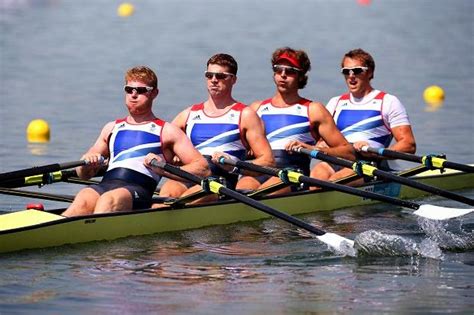


discus
A. Contact sports are sports in which physical contacts occur between players.
Contact actions include tackling, blocking, sliding, tackle, punching and a whole range of other moves that can differ substantially in their rules and degree of application.
Some sports, such as mixed martial arts, are scored base on impacts on opponent, while others, like rugby, require tackling of players. Contacts made in other sports can also include impacts through a piece of sporting equipment, such as being struck by a hockey stick or football.
Examples of contact sports are wrestling, judo, Taekwondo, football, rugby, water polo, quidditch, ice hockey, boxing etc.


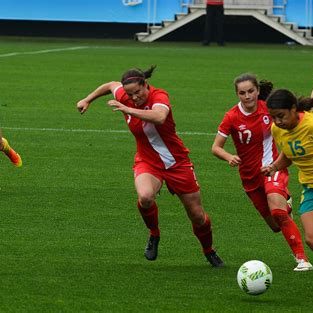
TYPES OF CONTACT SPORTS
- Full-contact Sports: These are sports in which physical impact force on players is allowed within the rules of the game, either deliberate or incidental. They are sports that cannot be undertaken without contact. Examples are wrestling, sumo, boxing, mixed martial arts, Brazilian jiu-jitsu, judo, karate, and taekwondo.
2. Semi-contact Sports: A semi-contact sport is a combat sport involving striking and involve physical contact between the combatants simulating full-power techniques. The techniques are restricted to limited power, knocking the opponent unconscious is forbidden. Also, after a point is rewarded the players will be separated and the match will resume from safe distance.
Examples of semi-contact sports include boxing, karate, kickboxing, kendo and taekwondo.
3. Limited contact Sports: are sports for which the rules are specifically designed to prevent contact between players either intentionally or unintentionally. Contact can still happen, but penalties are often used to disallow substantial contact between players.
Examples- basketball, volleyball, baseball, handball, football, softball, field hockey, squash, polo, dodgeball.
B. Non-Contact Sports: are sports where participants must not have any means of touching the opponent. Players must use separate lanes or take turns of play such as to make it nearly impossible for them to make contact during the course of the game.
Examples are athletics (that is, track and field events), snooker, cricket, tennis, golf, bowling, pool, curling, bodybuilding, diving, gymnastics, rowing badminton, car race, swimming, darts.
BENEFITS OF CONTACT AND NON-CONTACT SPORTS
Benefits of Contact Sports
While concussion is a risk in nearly all contact sports, benefits from contact sports participation are innumerable as:
It increases their physical health, cardiovascular conditioning, strength, and endurance
- It improves their self-confidence in age
2. It decreases the risk of obesity
3. It helps them learn that they can improve their performance and skills through practice and hardwork
4. Contact sports fosters team sports, how to interact with their peers, to assist those who are less skilled, and to learn from those who are more highly skilled
5. It teaches them how to cooperate and how to lead (team leader)
6. It increases the chances that they will lead in more active lifestyles as adults.
Benefits of Non-Contact Sports
- It eliminates the dangers of collision
2. It gives individual greater control over injury and risks.
3. It is not violent
4. It increases the level of fitness
5. It improves heart’s condition and strength
6. It reduces high risk of blood pressure, high cholesterol and diabetes.
References: (1) Chro.com (Examples of Contact and Non-Contact sports)
(2) Wikipedia (Contact sports and non-contact sports)
(3) HEBN, PHE for JSS, Book 1.

